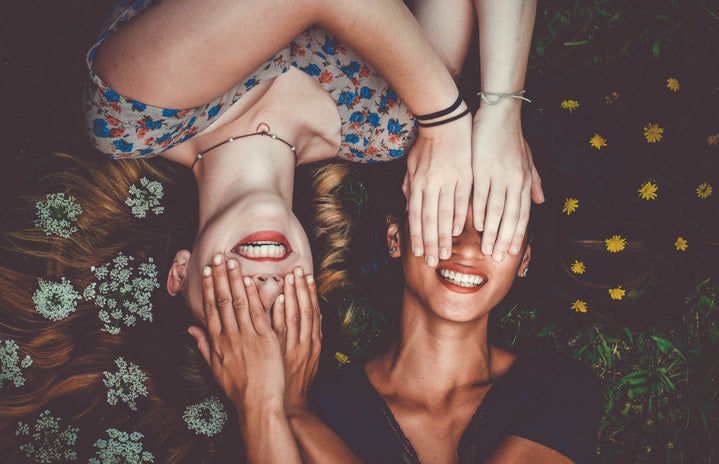Yoga has a deep history originating in India. Focused initially on the physical, mental, and spiritual practices, yoga is one of the six orthodox schools of Hindu philosophical tradition. Yoga has a goal of moksha, meaning liberation, but the definition can vary depending on the philosophical or theological system it is used in. Yoga has many different types which also differ within each practice. In the west, the most common form of yoga we use is called Hatha and originates from a Hindu philosophy. Hatha, sometimes called Hatha Vidyā, focuses on improving physical and mental strength. Controlled breathing and physical alignment are used in Hatha to achieve balance between the body and the universe. In this article, I will be diverging from some of the traditional types of yoga, such as Ashtanga, Bikram, Kundalini, into more unique kinds of yoga. Whether you are looking for a great workout, want to relax, or just have a good time, these four kinds of yoga will help you achieve all three.
Facial Yoga
Need a facelift, but don’t want to spend the money? Facial yoga might be for you! Facial yoga, sometimes called ‘the face yoga method,’ is a type of yoga that attempts to reduce the signs of aging. Fumiko Takatsu created the Face Yoga Method after being in a car crash that changed and aged her face. Facial yoga targets the outer layers of the skin and combines natural facial expressions and the use of hands to lift and create resistance for the facial muscles. The face yoga method helps the circulation on blood and oxygen to the face. It is believed that facial yoga can increase oxygen levels in the skin and help blood circulation, giving skin a glowing appearance. Facial yoga also stimulates elastin and collagen production and reduces tension in the face. However, even though this type of yoga seems a miracle for it to be effective, it is recommended to practice these exercises six times a week for 20 minutes.
Anti-gravity or Aerial Yoga
Ever wanted to feel like you are in Cirque Du Soleil? Well, aerial yoga will fulfill your dreams. New Yorker Christopher Harrison created AntiGravity® yoga which takes traditional yoga poses but practices them in a silk hammock suspended from the ceiling. The hammock is used to support the yogi’s waist and hips, making inversion and reverse poses easier. Aerial yoga also helps decompress and lengthen the spine, which can help with back pain and sciatica. This kind of yoga is also great for strengthening the core and improving flexibility. AntiGravity® yoga can be intimidating, especially for those who fear being suspended upside-down. However, the techniques have been designed to ensure safety. Overcoming fear, having a great workout, and having fun are all apart of aerial yoga.
Laughter Yoga
Laughter Yoga, sometimes called hasyayoga, seems to have emerged in the mid-1990’s and was made popular by physician Madan Kataria and his book Laugh For No Reason. Laughter yoga combines some simple yoga moves, breathing, and stretching with voluntarily laughter and clapping. This type of yoga may seem silly, but most participants say that after pushing aside their pride they had a blast and would love to go again. Some of the benefits of Laughter Yoga are thought to help people feel more energized and healthy and bring more joy into peoples lives. Some say laughter lowers stress, and participants often leave feeling uplifted and peaceful.
Goga
Goga or Goat yoga takes the basics of yoga and then combines it with miniature goats! The practice started in Oregon by Lainey Morse. There are many kinds of animal yoga, but goat yoga is unique in that, unlike other animals, goats do not scratch or lick and are more hypoallergenic than cats or dogs. Goga comes will all the benefits of regular yoga-like flexibility, core strength, and balance. Goga also adds in the joy of interacting with an animal. Some who practice goga say that it has helped with their depression and anxiety, similar to how therapy animals help their owners.
These are just a few types of unique yoga types that bring a unique spin on a classic exercise, and that can bring a smile to your face. However, getting out, meeting new people, and staying healthy are all sure-fire ways to be happy — yoga might just be one thing that works for you. Happy stretching, collegiettes!



